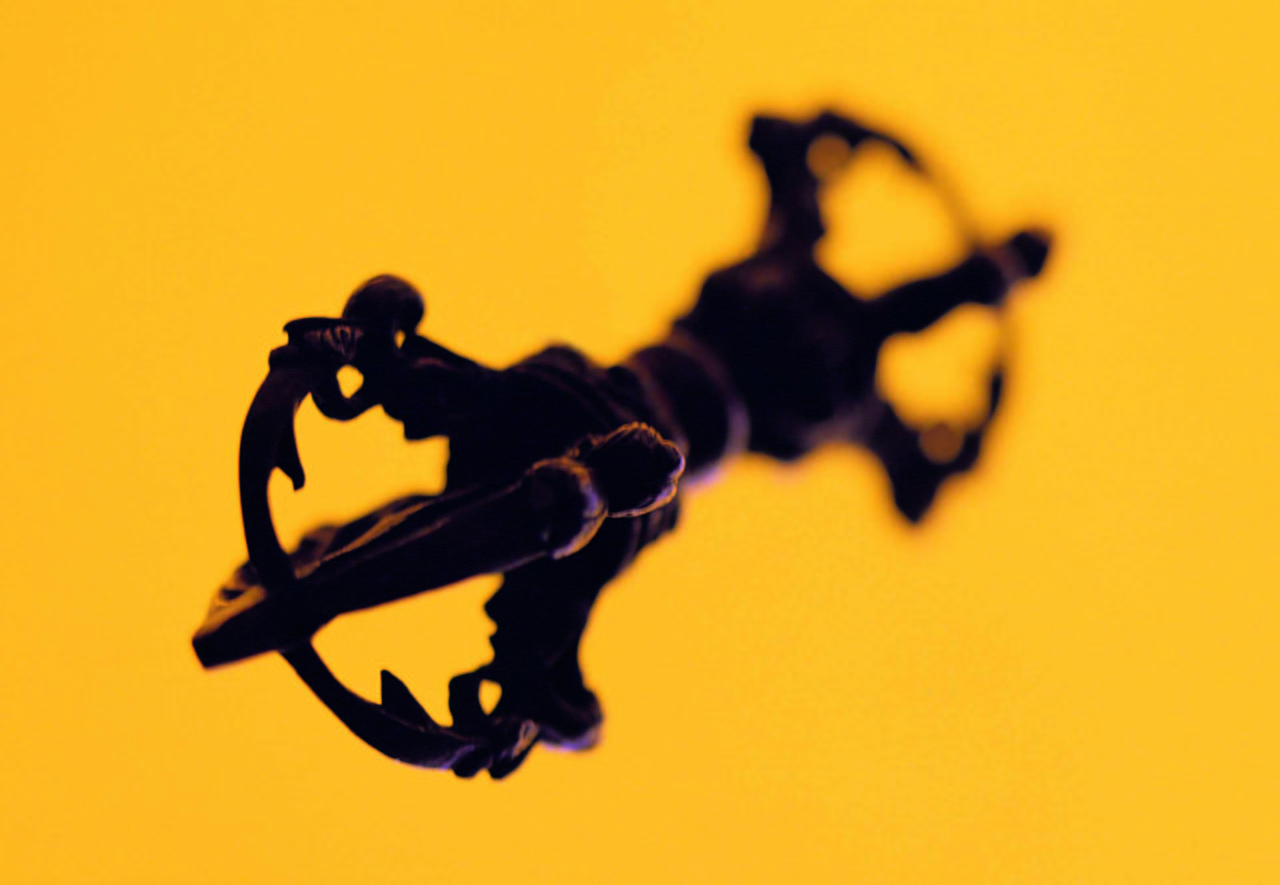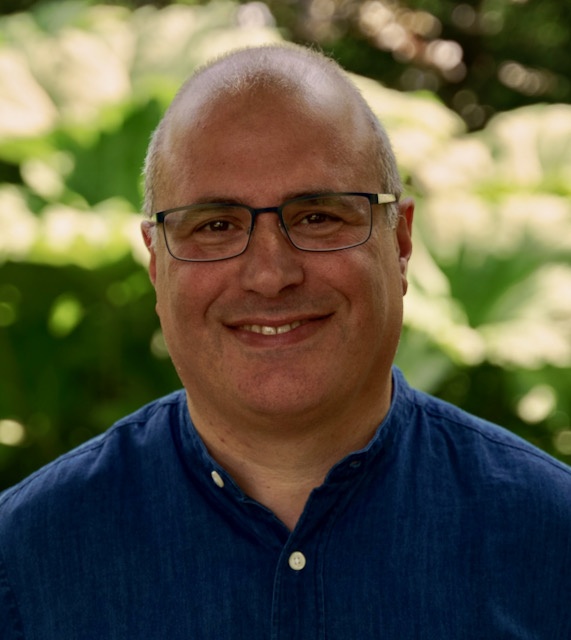The Cambodian Buddhist leader and peace activist Maha Ghosananda led the restoration of Buddhism in his homeland following the killing by the Khmer Rouge between 1976 and 1979 of all but 3,000 of the country’s 60,000 Buddhist monks. Despite losing his entire family, including 16 siblings, he was at the forefront of efforts to reconcile Cambodia’s opposing factions and encouraged forgiveness by their victims.
Ghosananda was born in Takeo province, central Cambodia, probably in 1924 – the uncertainty stems from the deaths of all his contemporaries, and his own lack of interest in providing personal information. After serving as a temple boy at the age of eight, he became a Buddhist monk while still a teenager and studied with the previous supreme patriarch, who sent him for further studies at Nalanda Buddhist University, in Bihar, India.
There, Ghosananda met Nichidatsu Fujii, founder of the Japanese Buddhist sect Nipponzan Myohoji, who had stayed in Mahatma Gandhi’s ashram (or retreat). From Fujii Ghosananda learned Gandhian methods of non-violent activism, and in 1965 he moved to Thailand to study with Bhikkhu Buddhadasa, the great Thai Buddhist exponent of contemplative social engagement. The final part of his training was a five-year retreat with Ajahn Dhammadaro, a meditation master who berated the scholarly Ghosananda as a “parrot” who needed to supplement his learning with experience of meditation.
While on retreat, Ghosananda heard of the Khmer Rouge genocide and, distraught, wanted to return home. Dhammadaro instructed him that retaining a peaceful mind in the face of Cambodia’s calamity should be his path to self-mastery. Ghosananda later said he had been seeking peace so he could pass it to others.
When Vietnamese forces invaded Cambodia in 1978, expelling the Khmer Rouge, refugees flooded into camps in Thailand. Ghosananda left his retreat to establish simple “shack temples” in each camp and began his social ministry. Faced by the refugees’ suffering and with a brutal civil war raging, he taught meditation and repeated the Buddha’s teaching that “hatred cannot be overcome by hatred, but only by love”. As a senior monk who was skilled in healing, social work and meditation, his influence was gratefully received.
With the help of a devoted group of activists, Ghosananda launched many humanitarian programmes in the camps, in Cambodia itself and among the Cambodian diaspora: in all, he founded more than 50 temples outside the country. He was sought out by bodies such as the UN economic and social council, and in 1988 was an important presence at the first UN-sponsored peace negotiations, though he saw his role as simply reminding the parties of the value of peace.
Ghosananda offered a link with Cambodia’s Buddhist past while engaging with its present difficulties, and in 1988 Cambodia’s monks elected him their supreme patriarch – an appointment later reconfirmed by King Sihanouk. He moved to the US in the late 1980s at the invitation of a Buddhist order in Leverett, Massachusetts. But he continued to live simply, teach informally, work without a staff and have no formal ties with the many activities he inspired.
The most significant of these were yearly dharmayeitras (or truth walks). On the first walk in 1992, Ghosananda guided a large group of refugees from their camps, through guerrilla territory, back into Cambodia. The walkers were greeted by enthusiastic crowds and the event struck a chord nationwide. Later walks took groups through areas affected by civil war, landmines and deforestation, offering a way for thousands of ordinary people to register their desire for change.
Ghosananda was a leading figure in the “engaged Buddhism” movement, and he met many international political and religious leaders, urging them to support peace and reconstruction in his country as well as fostering inter-religious understanding. He was nominated four times for the Nobel peace prize, and was awarded the 1998 Niwano peace prize in Japan and the 1992 Rafto human rights award in Norway.
While some conservative monks criticised Ghosananda for his activism, the contribution of his work to healing in Cambodia – and his powerful yet simple personality – made him widely respected and deeply loved in the country and beyond. For all his learning and his mastery of 10 languages, he built his work on a belief in the transformative influence of inner peace. Asked about Cambodia’s future, he replied: “We take care of the present moment. The future will take care of itself.”
A poem published in Ghosananda’s 1992 book, Step by Step, expresses his faith in the profound influence of an apparently simple commitment to peace and personal transformation:
Cambodia has suffered deeply.
From deep suffering comes deep compassion.
From deep compassion comes a peaceful heart.
From a peaceful heart comes a peaceful person.
From a peaceful person comes a peaceful family and community.
From peaceful communities comes a peaceful nation.
From peaceful nations come a peaceful world.
· Samdech Preah Maha Ghosananda, religious leader, born c1924; died March 12 2007
- First published in The Guardian,


